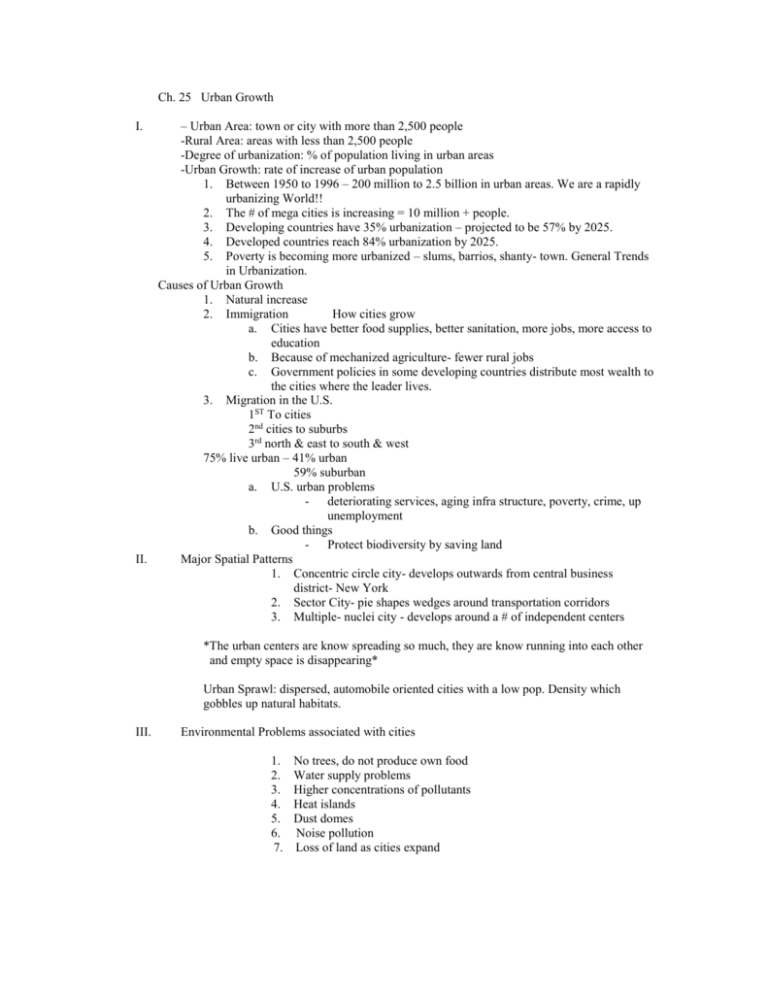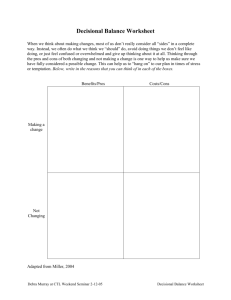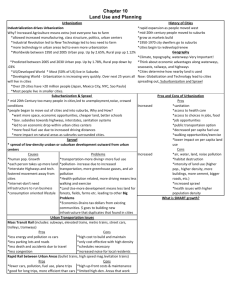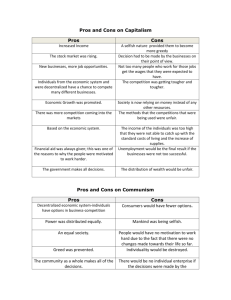Pros: more flexible than trains Cons: cost
advertisement

Ch. 25 Urban Growth – Urban Area: town or city with more than 2,500 people -Rural Area: areas with less than 2,500 people -Degree of urbanization: % of population living in urban areas -Urban Growth: rate of increase of urban population 1. Between 1950 to 1996 – 200 million to 2.5 billion in urban areas. We are a rapidly urbanizing World!! 2. The # of mega cities is increasing = 10 million + people. 3. Developing countries have 35% urbanization – projected to be 57% by 2025. 4. Developed countries reach 84% urbanization by 2025. 5. Poverty is becoming more urbanized – slums, barrios, shanty- town. General Trends in Urbanization. Causes of Urban Growth 1. Natural increase 2. Immigration How cities grow a. Cities have better food supplies, better sanitation, more jobs, more access to education b. Because of mechanized agriculture- fewer rural jobs c. Government policies in some developing countries distribute most wealth to the cities where the leader lives. 3. Migration in the U.S. 1ST To cities 2nd cities to suburbs 3rd north & east to south & west 75% live urban – 41% urban 59% suburban a. U.S. urban problems - deteriorating services, aging infra structure, poverty, crime, up unemployment b. Good things - Protect biodiversity by saving land II. Major Spatial Patterns 1. Concentric circle city- develops outwards from central business district- New York 2. Sector City- pie shapes wedges around transportation corridors 3. Multiple- nuclei city - develops around a # of independent centers I. *The urban centers are know spreading so much, they are know running into each other and empty space is disappearing* Urban Sprawl: dispersed, automobile oriented cities with a low pop. Density which gobbles up natural habitats. III. Environmental Problems associated with cities 1. 2. 3. 4. 5. 6. 7. No trees, do not produce own food Water supply problems Higher concentrations of pollutants Heat islands Dust domes Noise pollution Loss of land as cities expand IV. Transportation & Urban Development - Cars Pros: 8% world own cars convenience mobility 1 in 6 Americans employed by car industry 1 in 4 dollars spent on cars Cons: By 1996 had killed 18 million 2,400 a day Largest source of air pollution Uses up to ½ of world oil, greenhouse gases Traffic, noise, stress, costly By the end of life we spend 2 yrs in the car in U.S. 1/3 urban land for roads & parking Bicycles & Walking Pros: Cheaper. No pollution Less danger, Use fewer resources Cons Lack Of bike Lanes in the U.S. Rail Systems – rapid rail, light rail, Regional Rail Pros: More energy efficient, less polluting, fewer injuries, use less land, good for young, old and disabled, Cheaper per person, cost less than building new highways Cons: None High Speed Trains – Bullet, and MAGLEV Pros Fast and safe Cons expensive MAGLEV- electromagnetic radiation may be harmful BUSES Pros: more flexible than trains Less capital, lower operating costs V. Cons: cost-effective only when full can get stuck in traffic Land Planning 1. - - VI. Conventional Land Use Planning: zoning regulations are used to control land Money and power struggles Basis is economic and population growth is encouraged which leads to poorly controlled growth 2. Ecological Land Use Planning A. Make a social and economic inventory B. Identify and prioritize goals C. Develop maps D. Develop master composite E. Develop master plan F. Implement master plan G. Not used because it is expensive and elected officials are in office for only short term and this is a long term commitment 3. Zoning parcels of land are designated for certain uses only. It is useful but easily influenced by developers Making Cities Sustainable 1. energy efficient, lots of walking and biking, mass transit, rapid rail between cities, recycle, compost, encourage biodiversity. 2. give up big lawns 3. build houses in dense clusters and leave community space 4. develop a town center 5. plant trees 6. discourage dependence on autos -







